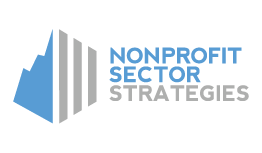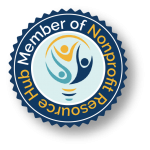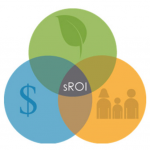No fundraising plan? Start with these 4 questions
Setting aside time to plan, whether it be for strategic planning, fundraising or marketing (outreach), is often extremely difficult for nonprofit organizations. And it’s easy to understand why. When your mission involves literally saving lives – or another form of direct service in particular – it can feel almost criminal to spend time “planning” rather than “acting”.
But the time MUST be carved out – and this must be made a priority. Because to operate without a well-written development plan means to put your organization’s sustainability at risk. (And the same goes for having an active strategic plan! But I digress…)
In retrospect, I now know how lucky I was to have this example set for me early on. While at AARP for almost nine years, no matter how impossible it felt to stop, reflect and brainstorm – no matter how many initiatives we were working on at once, leadership across the enterprise required strategic planning time.
Here’s how to start your planning process:
- WHO should write your plan?
The CEO or Executive Director (ED) in conjunction with the Board. Of course, if you have Development Director, then that person should take the lead instead of or in partnership with the CEO or ED. - WHAT should be included?
*Identify your fundraising goal. Back into your overall goals – ideally, try to set goals for the next 1 to 3 years.
*Your organization’s mission statement and how your fundraising ties into that mission.
*Define how you plan to spend the money that’s raised.
*Define your operations budget. - What’s your strategy? What tactics will you employ to achieve your goal?
Surprise – every tactic won’t work! Refine your approach as you go. Some examples include:
*Group Giving
*Individual Giving
*Corporate Giving
*Events (large in scope and/or community level)
*Integrated Marketing – Use the following applicable channels, tailored to your organization’s needs, to connect with your target audience: Direct Mail, Telemarketing, Email, Social Media Platforms, Text Messaging
*Grants (from Foundations, Corporations, or the Government)
- What’s your timeline?
The more detailed this is, the more helpful it’s likely to be, but you also don’t want to get bogged down in the weeds. Decide what’s best for your organization in order to keep moving forward with an active strategy.
Now remember – this document will not be perfect! Like your strategic plan, this is an active, living document that should updated as your organization progresses and evolves.
You got this!
But in case you need a little help from friends, learn more about our Continuous Improvement Program (CIP) or reach out to have a conversation about your organization’s unique needs.








